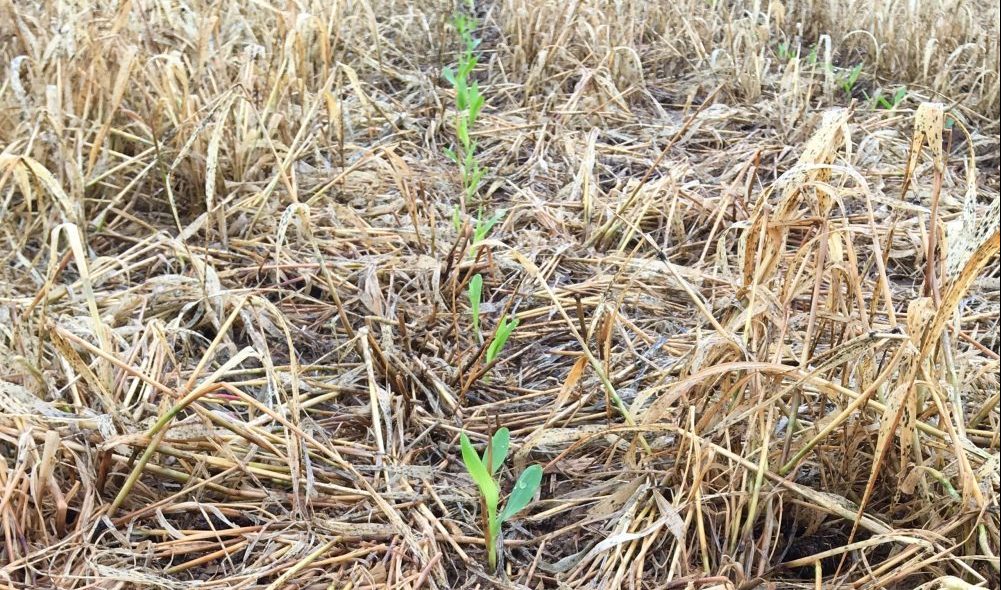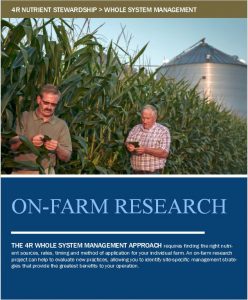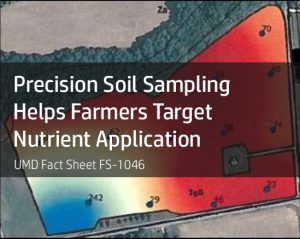On-Farm Research Resources
Today’s article in the American Agriculturist- “4 tips to ensure on-farm research success”– highlights several considerations for how to carry out a project. Interested in learning more about testing new products, tools or management strategies on your farm? Here’s a list of resources that might come in handy!
Our 4R On-Farm Research Factsheet offers a broad overview about the benefits and basics of conducting on-farm research.
Great Guides
- SARE Guide to On-Farm Research – this free online guide is a great place to start!
- A Practical Guide to On-Farm Research by Bob Nielsen at Purdue University (and for that matter, Purdue has a whole list of useful links for tools, on-farm research programs and presentations.)
- Iowa Soybean Association On-Farm Network Guide to On-Farm Replicated Strip Trials
- Nebraska On-Farm Research Network’s Grower’s Guide to On-Farm Research
- Practical Farmers of Iowa offers this list of research protocols that might make a good template if you have a similar project in mind
Help to Fund the Project
- SARE offers Farmer Grants and Partnership Grants that might help to cover the cost of adopting an on-farm research project.
- Check with your local NRCS Office to see if they offer an Adaptive Management Program for Nutrient Management or Cover Crop Projects
- Your local University Extension may be able to assist with project design and statistical analysis for project results.


 In this week’s Ag Decisions section of the Delmarva Farmer, the Delaware-Maryland 4R Alliance offered an overview on grid soil sampling and zone soil sampling. If you’re considering adopting this strategy on some of your acreage next year, here are some resources to get you started. (
In this week’s Ag Decisions section of the Delmarva Farmer, the Delaware-Maryland 4R Alliance offered an overview on grid soil sampling and zone soil sampling. If you’re considering adopting this strategy on some of your acreage next year, here are some resources to get you started. (